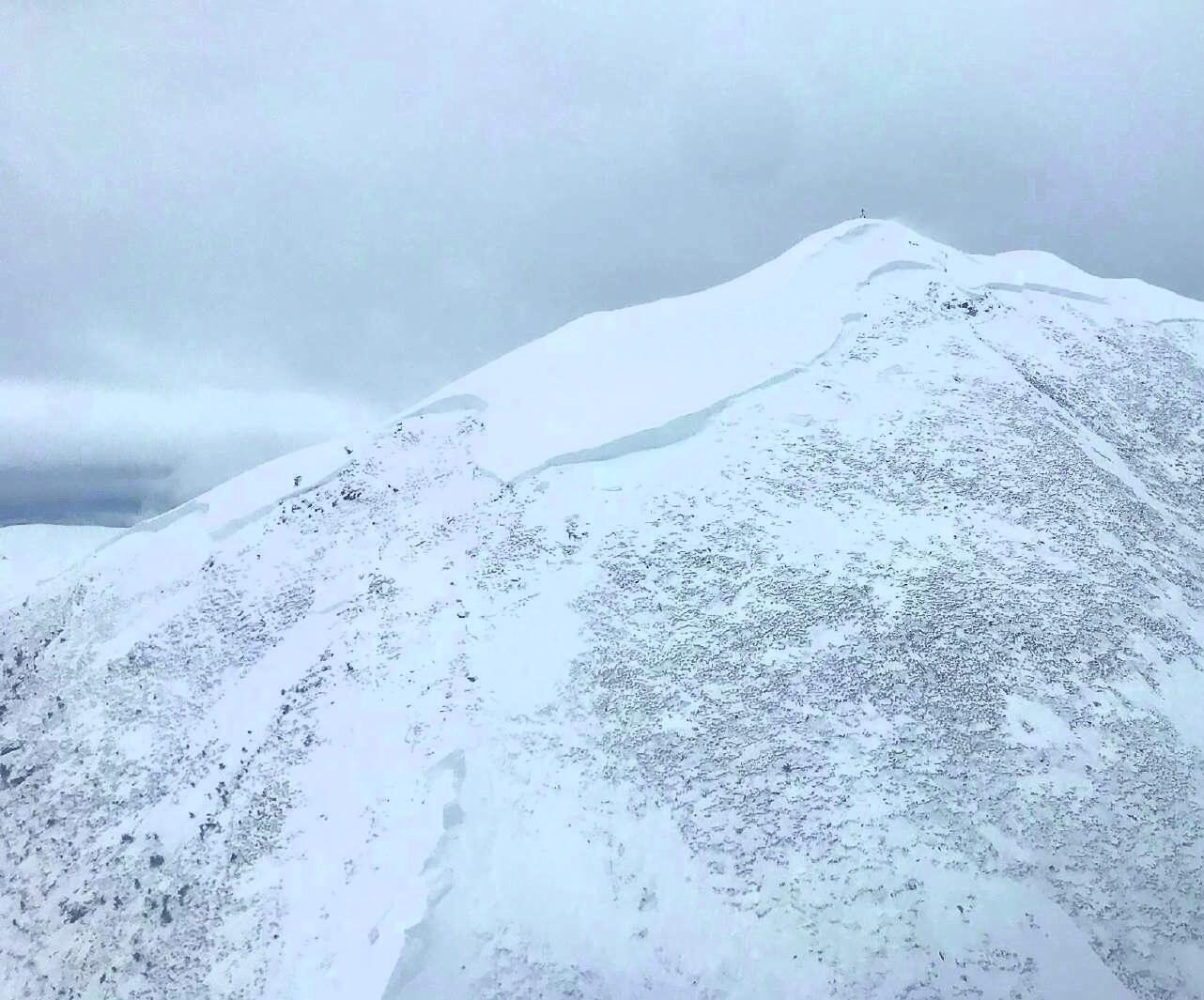Avalanches in Lauenen and Feutersoey
01.03.2021 Gstaad LivingIn the night of Thursday, 28 January, an avalanche descended from the Lauenenhorn and buried an access road. Another avalanche descended the following day in Feutersoey. Luckily, neither were people injured, nor buildings damaged.
The avalanche situation was precarious between January and February. In various places in Switzerland avalanches descended or roads had to be closed due to the high risk of avalanches. In our region, too, the avalanche danger was high, level 4 out of 5.
Avalanches cause damage to forest
An avalanche that descended from the Lauenenhorn buried the Schönenboden road. The area is populated, but the houses are well protected, so fortunately neither people nor buildings were harmed. The medium-sized powder avalanche did, however, cause damage to the forest, according to fire brigade commander Bernhard Perreten.
The avalanche commission was informed by the snow removal service on Thursday morning. “We assessed the situation and decided that the road can be cleared under auxiliary measures,” Gusti Oehrli from the avalanche commission explained. Around noon, the road could be reopened.
On Thursday, 28 January, a wet snow avalanche broke loose in Feutersoey and carried the snow down to the valley. “The avalanche crept through the forest,” said eyewitness Walo Perreten, who lives with his family at the entrance to Feutersoey, coming from Gstaad. The avalanche finally stopped a few hundred metres from the farm. Its origin was about halfway up the Primelod. Other cracks and smaller snow slabs were also observed in this area.
“This year the situation was tense, but never threatening,” reported Walo Perreten, “and yet we were glad when the avalanche finally came. That gives some relief.” Because the avalanche brought some of the snow down into the valley, the amount of snow left will be manageable in the event of another avalanche, Walo Perreten said.
Huge avalanche at Staldehore
More avalanches followed in early February. On 1 or 2 February, a huge avalanche with a fracture line of about 400 metres descended the Staldehore. The old snow was no longer able to bear the weight of the new snow that had fallen since mid-January and began to slide. Avalanches came down on two sides of the mountain, north towards Meielsgrund and south into the Tschärzis valley.
Around the same time as the Staldenhore avalanche, a huge avalanche broke loose almost at the top of the Primelod and rolled down dangerously far into the valley. Eyewitness Ruedi Perreten looks directly at the multi-fingered avalanche debris from his home in Gschwänd on the opposite side of the valley. “It is very rare for the entire Primelod to come down at once,” said the retired farmer. Luckily, again no buildings or people were harmed in these events.
Weak layers
Ueli Grundisch, chief of mountain resuce SAC, explains the physics of the avalanche situation with the various weak layers in the old snow pack, which was formed mainly during the cold dry period at the beginning of January: these layers mainly consisted of rime, angular crystals and cup-shaped crystals near the ground. These weak layers were able to carry the dry new snow until the heavy rainfall up to over 2200 metres added considerable weight and caused the unstable old snowpack to “break” under this load.
Situation remains unstable
Attention is called for in low and high altitudes. In areas above 2200 metres, large amounts of snow are deposited on a weak foundation. At an angle of 30 degrees or more, even minor disturbances of the snowpack can trigger avalanches. Grundisch warns that the weak foundation of the snowpack will remain a risk well into spring.
BASED ON AVS/BLANCA BURRI/UELI GRUNDISCH/ANITA MOSER





